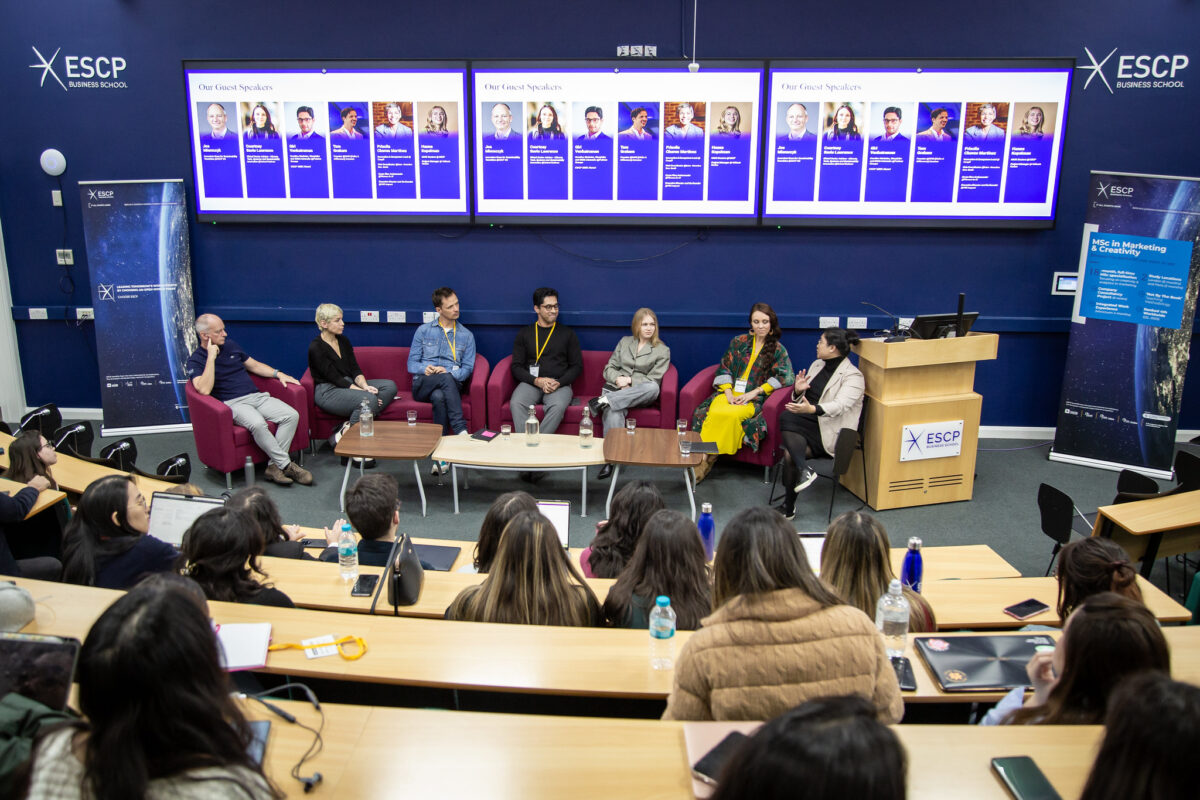The future of careers education after the Levelling Up White Paper

In early February, after months of delay and pushed back deadlines, the 300-page White Paper on Levelling up, as spearheaded by Secretary of State for Levelling Up, Housing, and Communities, Michael Gove, was made available to read.
It outlines the government’s plan for making good on promises to ‘level up’ the country, made years ago for the first time by Boris Johnson.
The paper strategizes on ‘spreading opportunities’ more equitably across the UK through up-skilling and education initiatives, improving digital connectivity, and ‘empowering local leaders and communities’. As part of the paper’s stance on education, two pillars stand out:
- Early years education: “by 2030, the number of primary school children achieving the expected standard in reading, writing and maths will have significantly increased. In England, this will mean 90% of children will achieve the expected standard, and the percentage of children meeting the expected standard in the worst performing areas will have increased by over a third.” In what will become 55 new ‘Education Investment Areas’ (EIAs), the government will “offer retention payments to help schools with supply challenges in these areas to retain the best teachers in high-priority subjects.”
- Upskilling[1] : the aim is “to support a high-wage, high-skill economy by building skills and human capital, particularly in places where they are weakest.” Training methods will be provided to adults and school leavers, particularly in digital and technology skills. “In England, this will lead to 200,000 more people successfully completing high-quality skills training annually, driven by 80,000 more people completing courses in the lowest skilled areas.” Most of this is, of course, ground already covered in Skills for Jobs, the Department for Education’s January 2021 publication. [2]
In the aforementioned EIAs, there will also be a push for new institutions, particularly ‘elite’ (though the word has been dropped from recent comms) 16-to-19 schools, which inspires further questions: Is there demand for new schools at all when investments into existing establishments is lacking? How much funding will be available for these schools? Will teaching take into account career preparation? It’s worth noting here that an “investment of £3.8bn in skills” is “planned by 2024-25”, as are initiatives “enabling 11m adults to gain an A level or equivalent qualification for free.”[3] As separate pieces of the puzzle, these are valuable steps forward in re-training but, from our first-hand experience in schools, what students need more than any other initiative, more than potential new schools and opportunities to train as adults, are comprehensive career programmes, integrated into the curriculum.
For us, a Foundation that provides targeted employability advice to young people from disadvantaged socioeconomic backgrounds, this is an extremely familiar situation. Earlier this year, for instance, my team delivered careers workshops with partner schools in South London and gathered feedback before and after our sessions.
On analysis, the figures were equally expected and disappointing:
- At one school, after just an hour-long workshop, 60% of Sixth Form students reported a much better understanding of the variety of potential careers available to them, and 67% were exposed to new information they had never encountered before.
- Similarly, 66% of Year 12 students we taught were exposed to completely new information, and 72% felt more confident in knowing where to search for jobs.
This data mirrors anecdotal testimonies we received from teachers and parents that there is a profound lack of career education in schools. In time, this will inevitably see another generation of school leavers with limited access to—and knowledge of—the job market. If hour-long sessions improved students’ perceptions of their career aspirations, we can only infer how beneficial a structured careers programme would be, especially one that could be integrated into the curriculum. The principal learning we derived from our sessions was this: the White Paper, and any other plan after it, must consider how career support can be integrated into pupils’ existing learning for optimal outcomes.
At this point in COVID recovery, in the interest of economic growth, the government’s plan must include directives of career education improvement, alongside the early education support and upskilling initiatives already outlined. While the third sector can support schools with employability training, it cannot create an infrastructure from scratch. That’s something only national leadership can do, through well executed devolution, investment into young adults leaving school, and a flexible approach to the future of work.
By James O’Dowd, Founder of the Patrick Morgan Foundation
[1] page 7 in the White Paper Executive Summary
[3] page 2












Responses